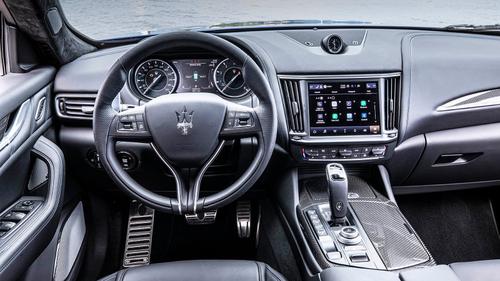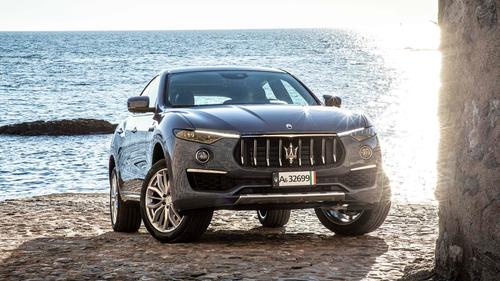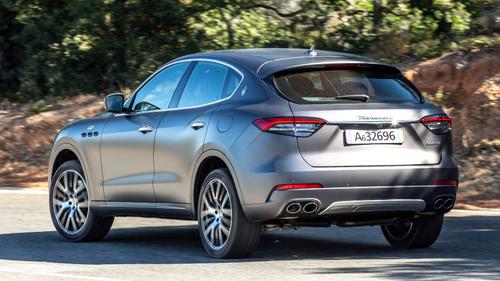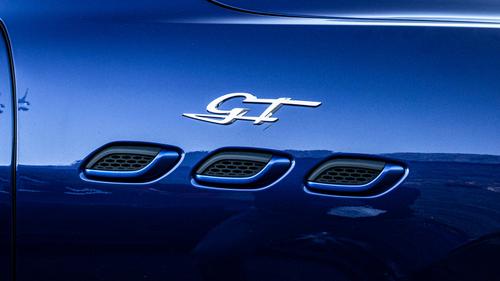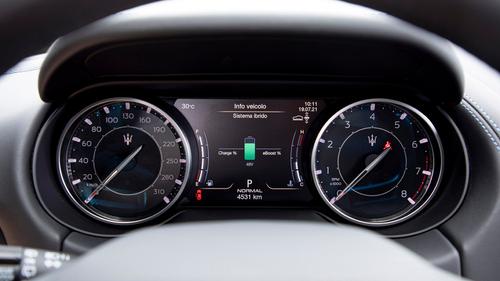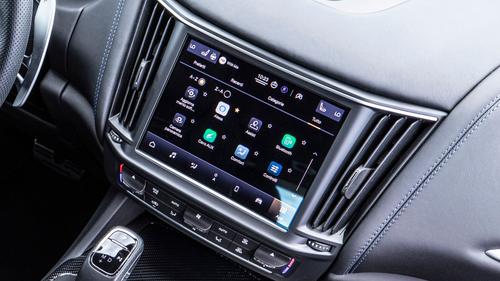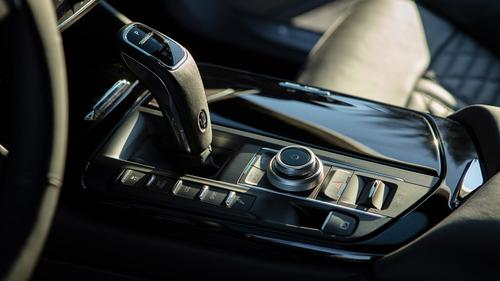
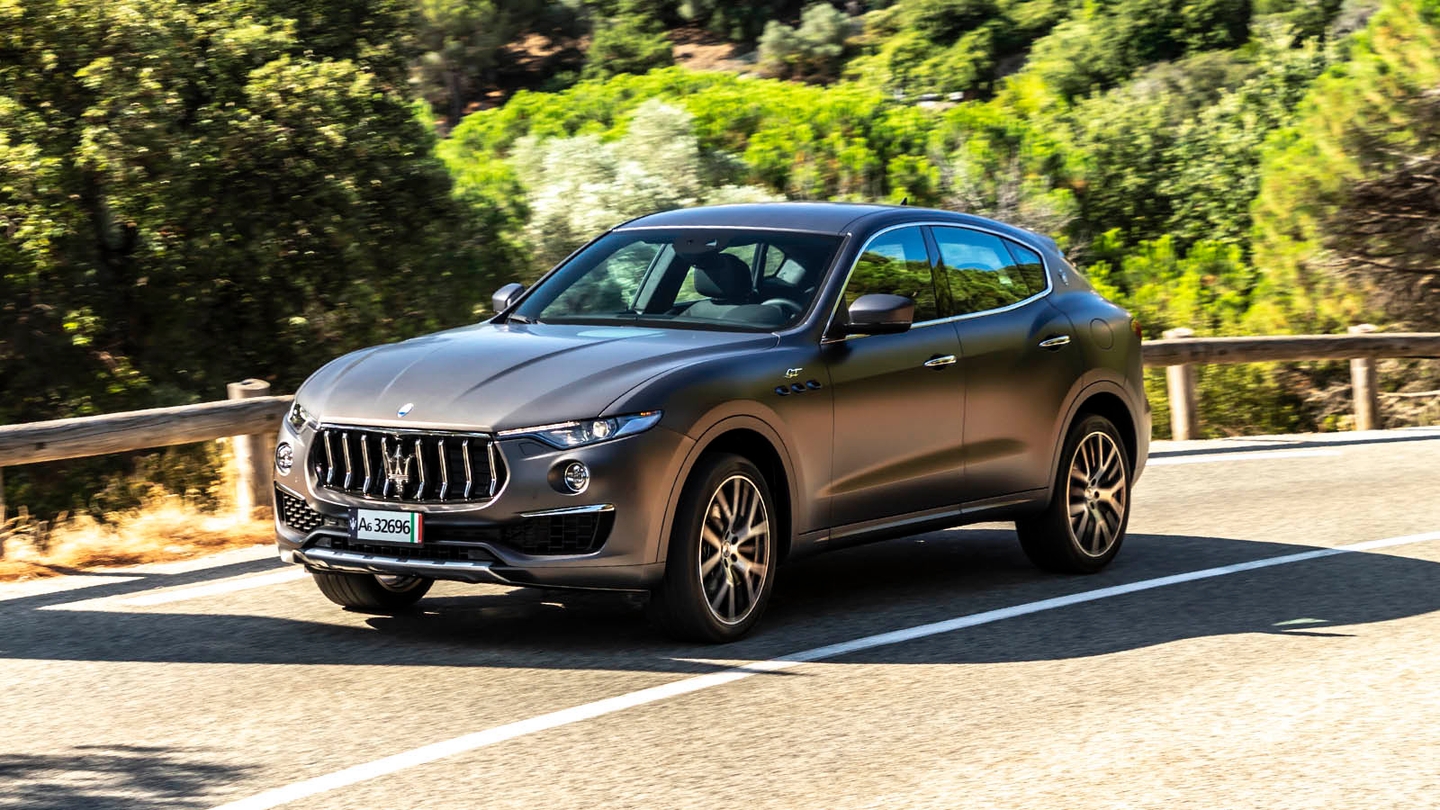
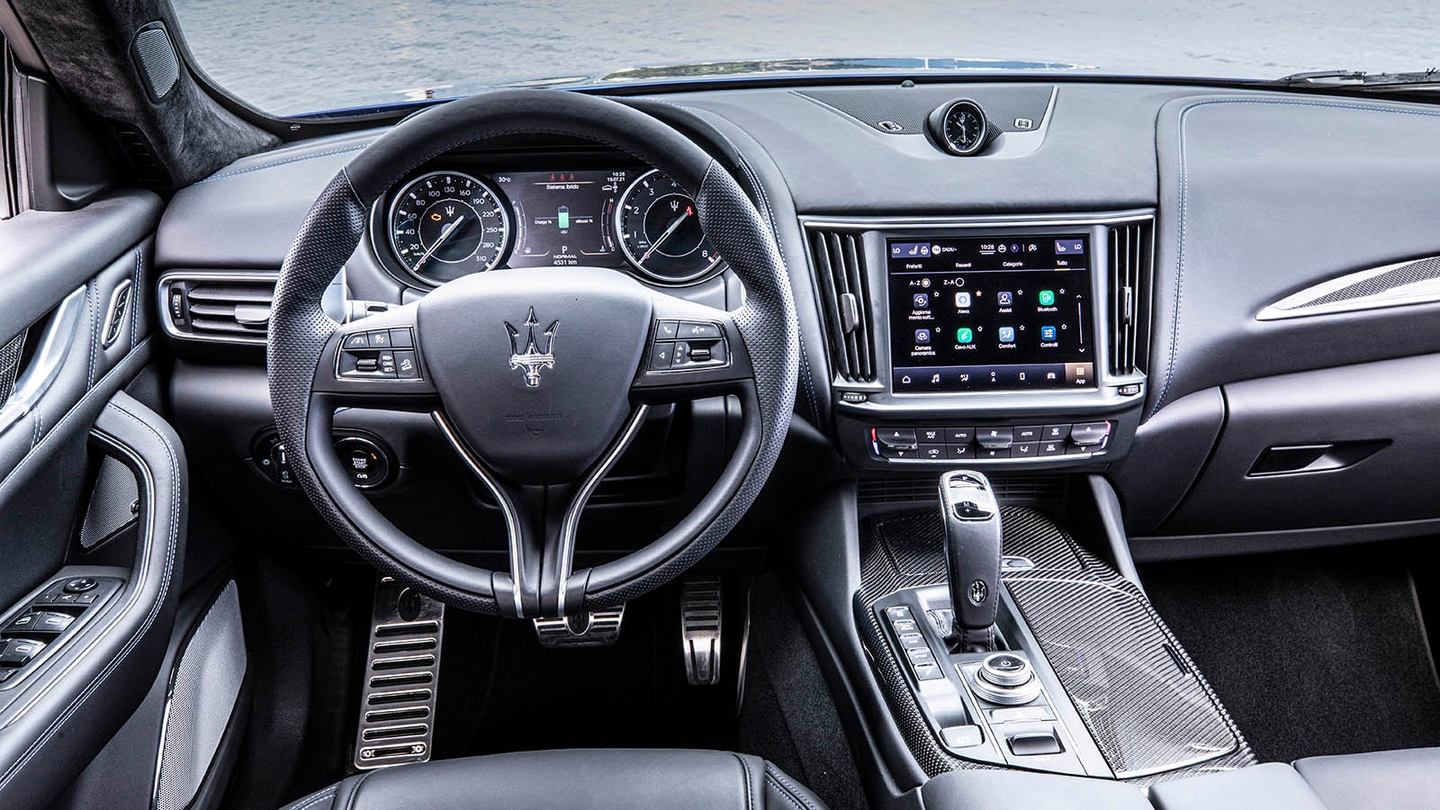
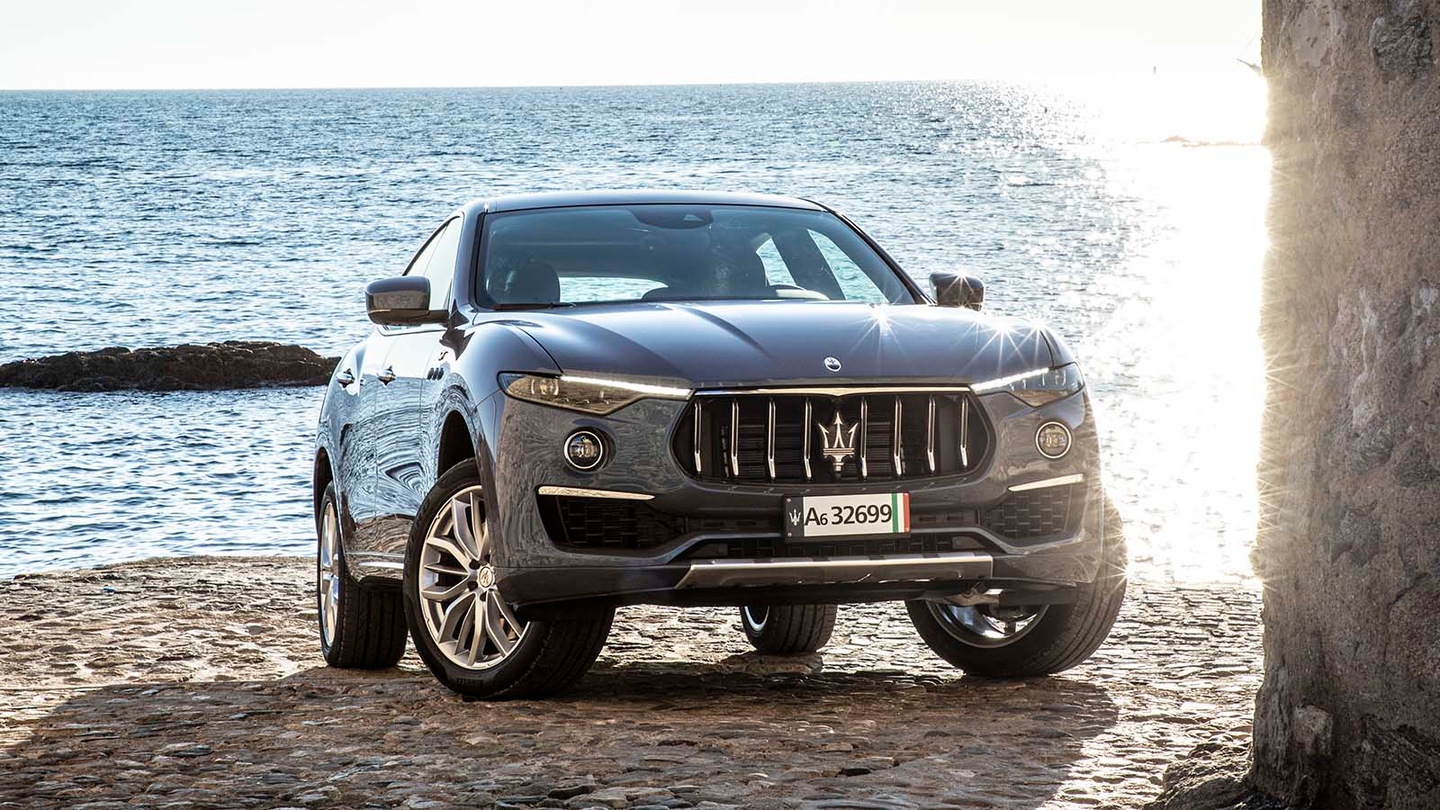
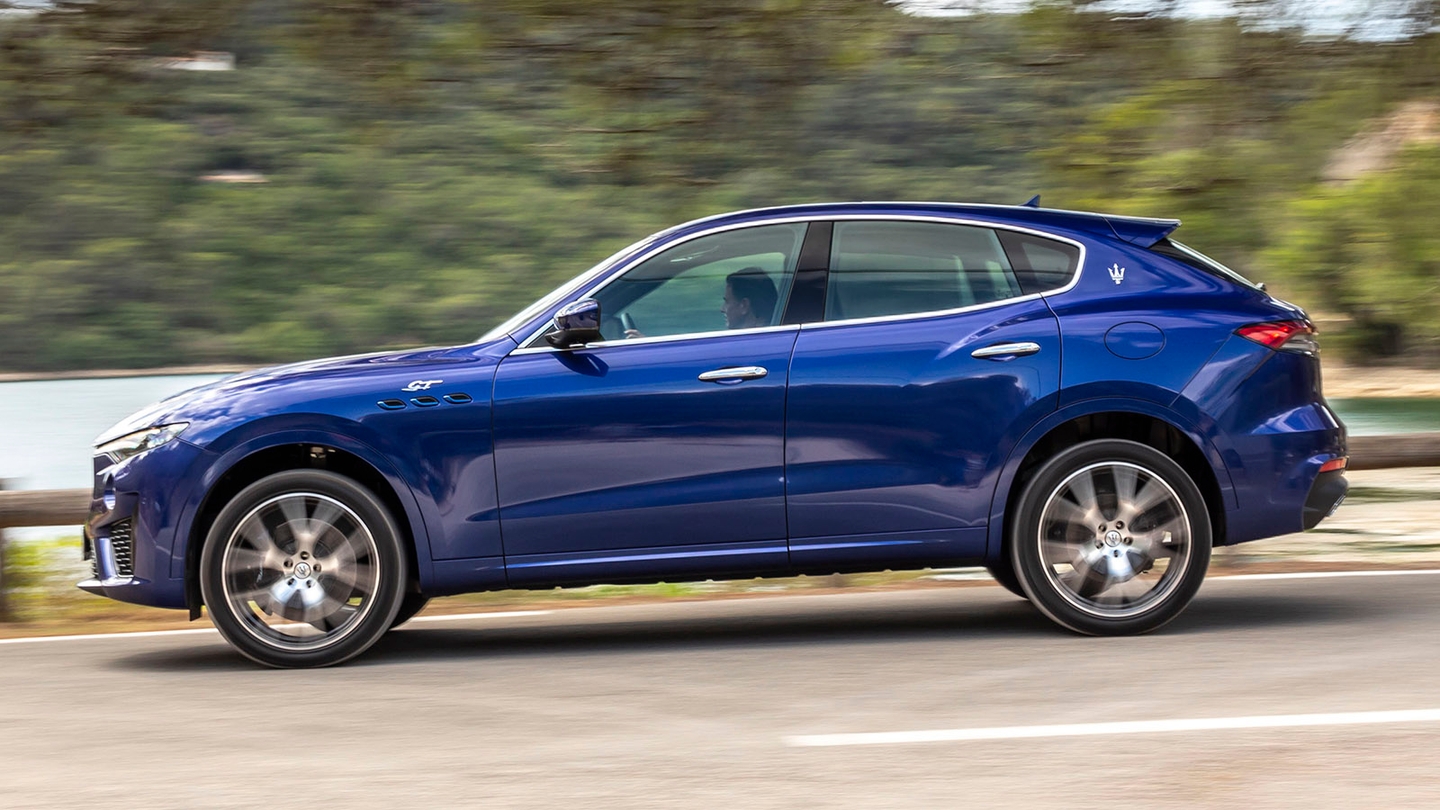
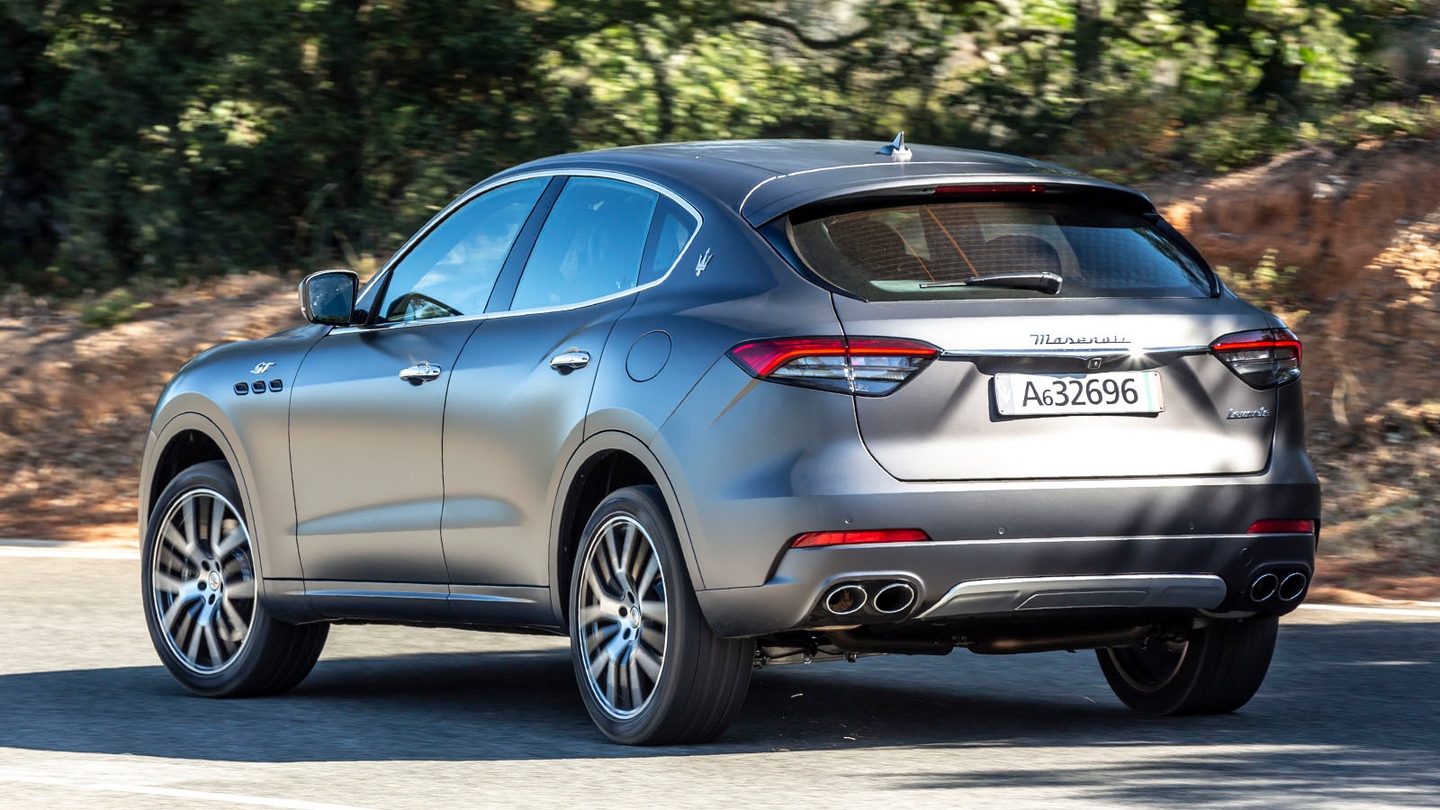
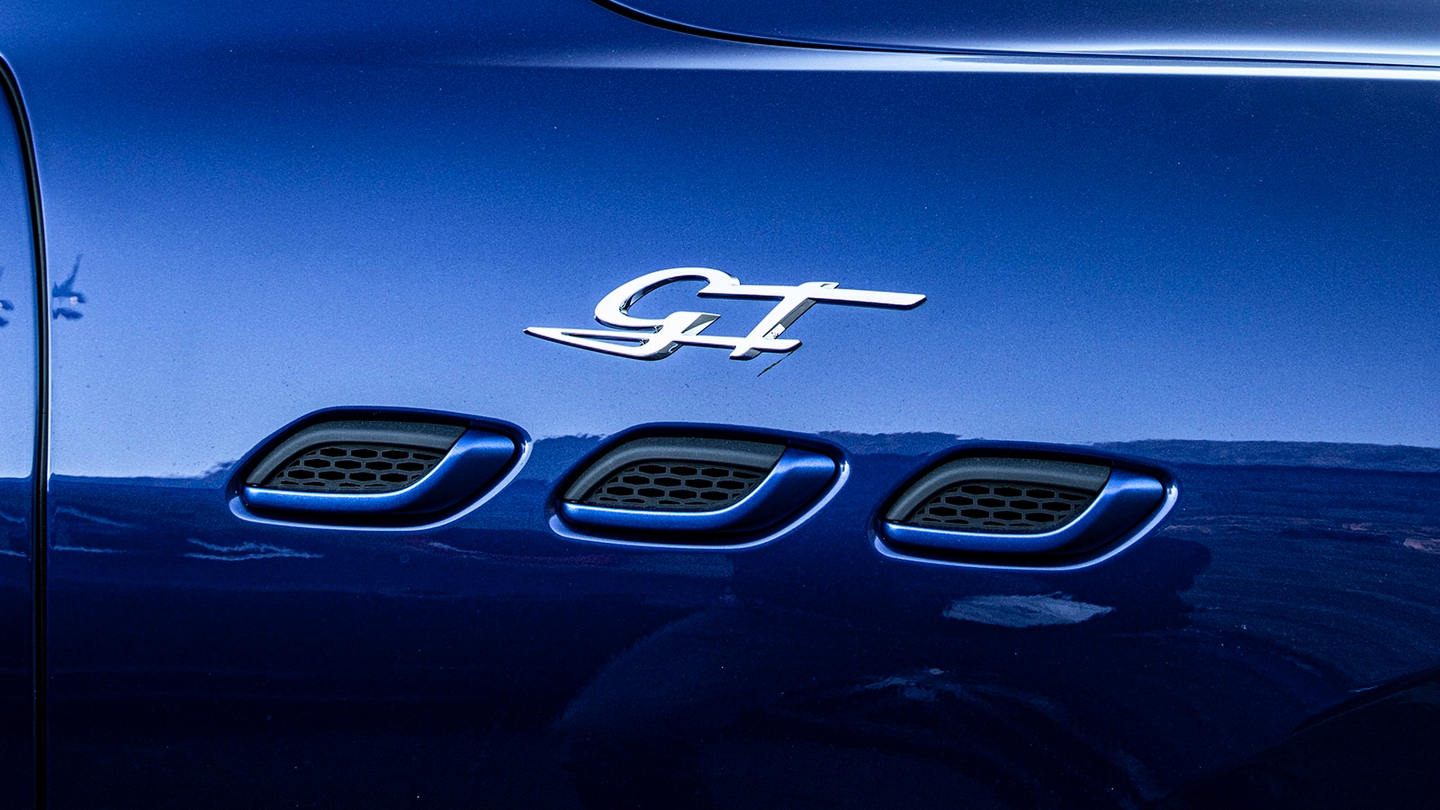


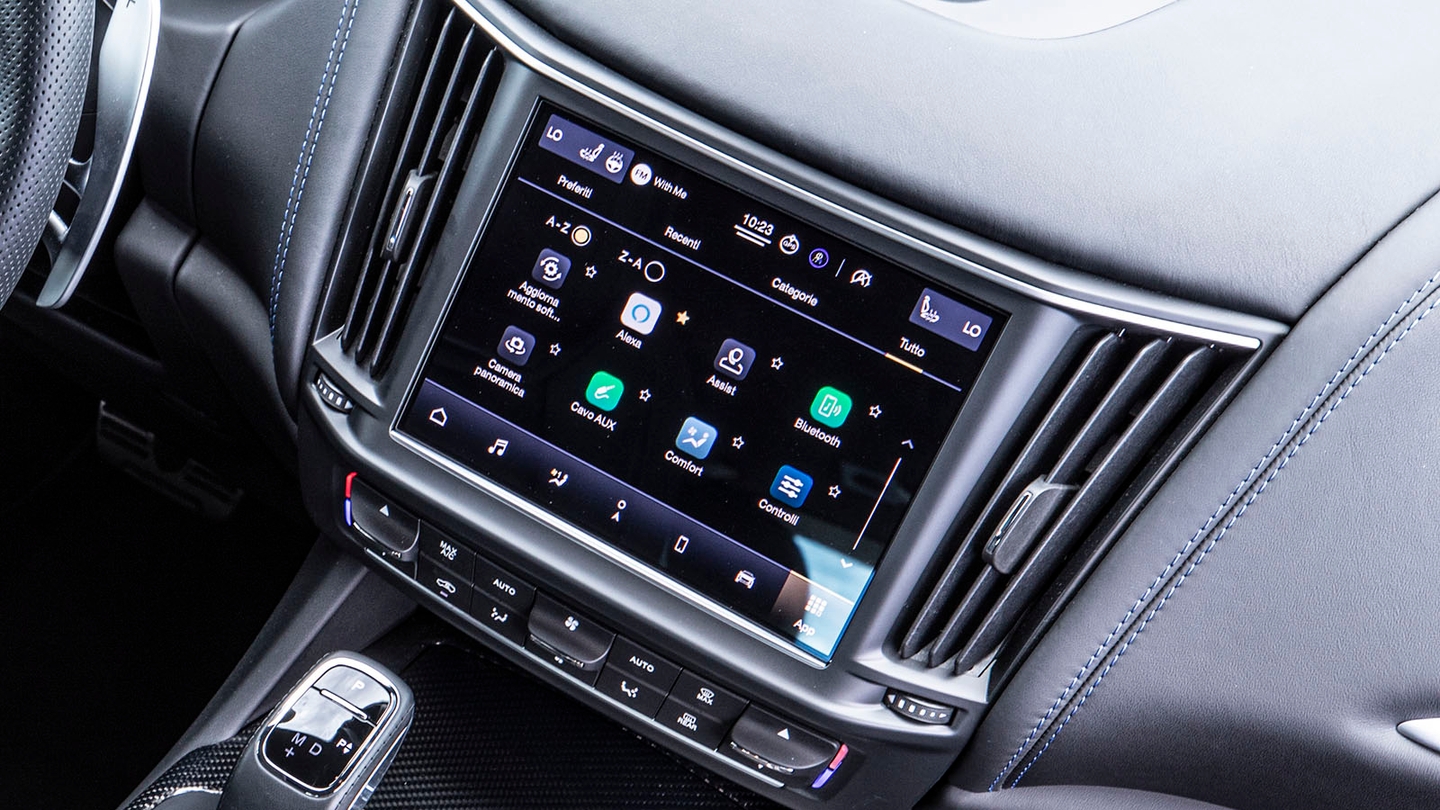
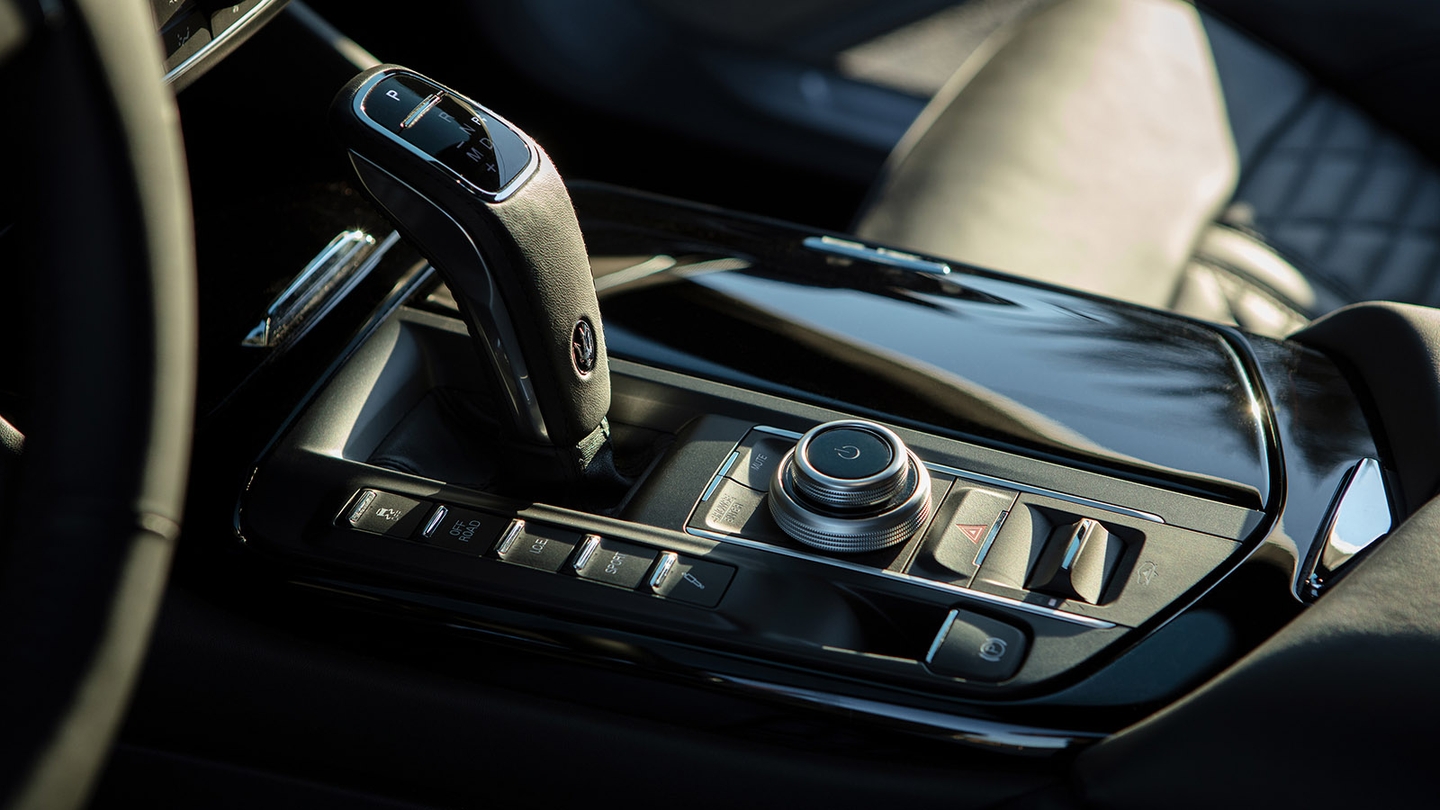
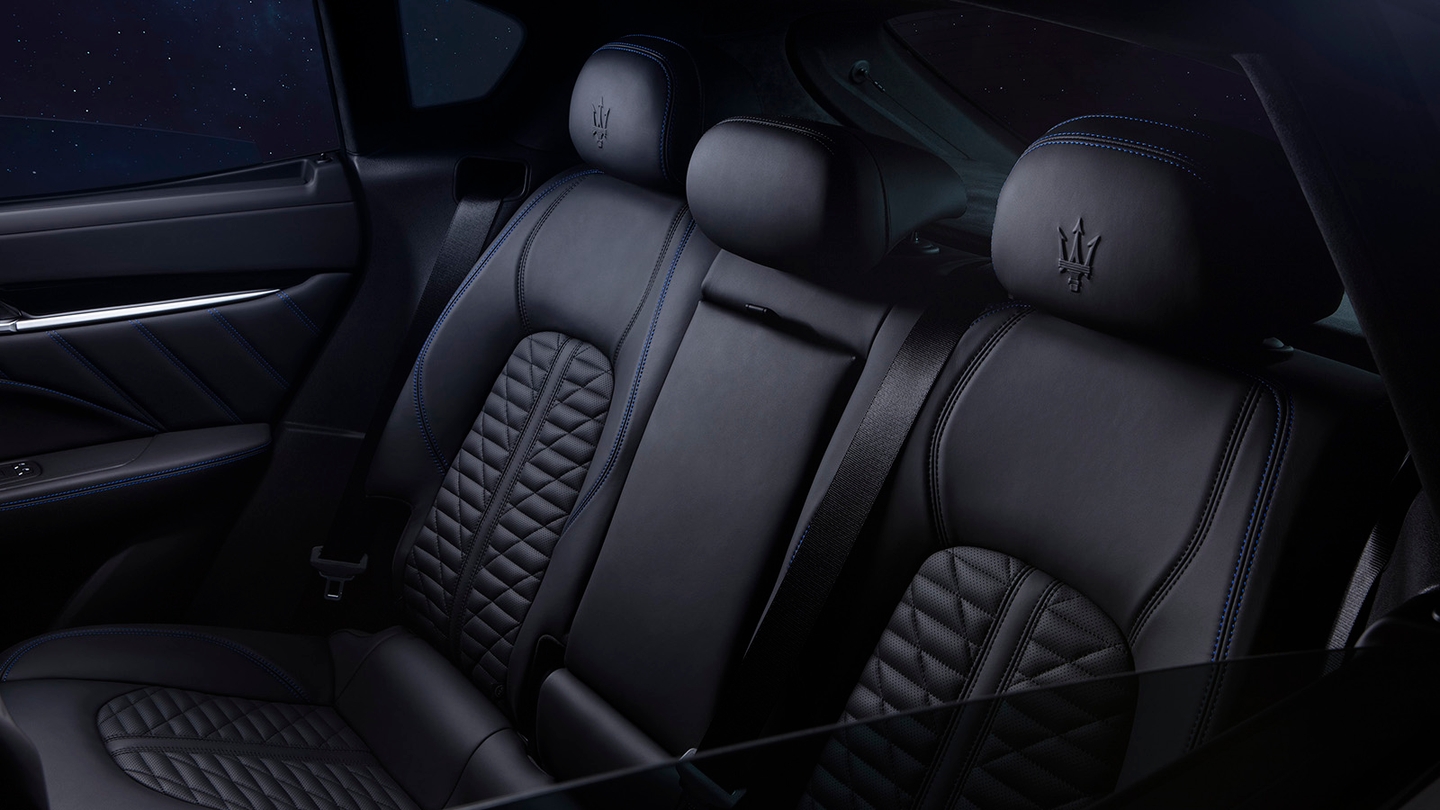
Maserati Levante GT Hybrid review
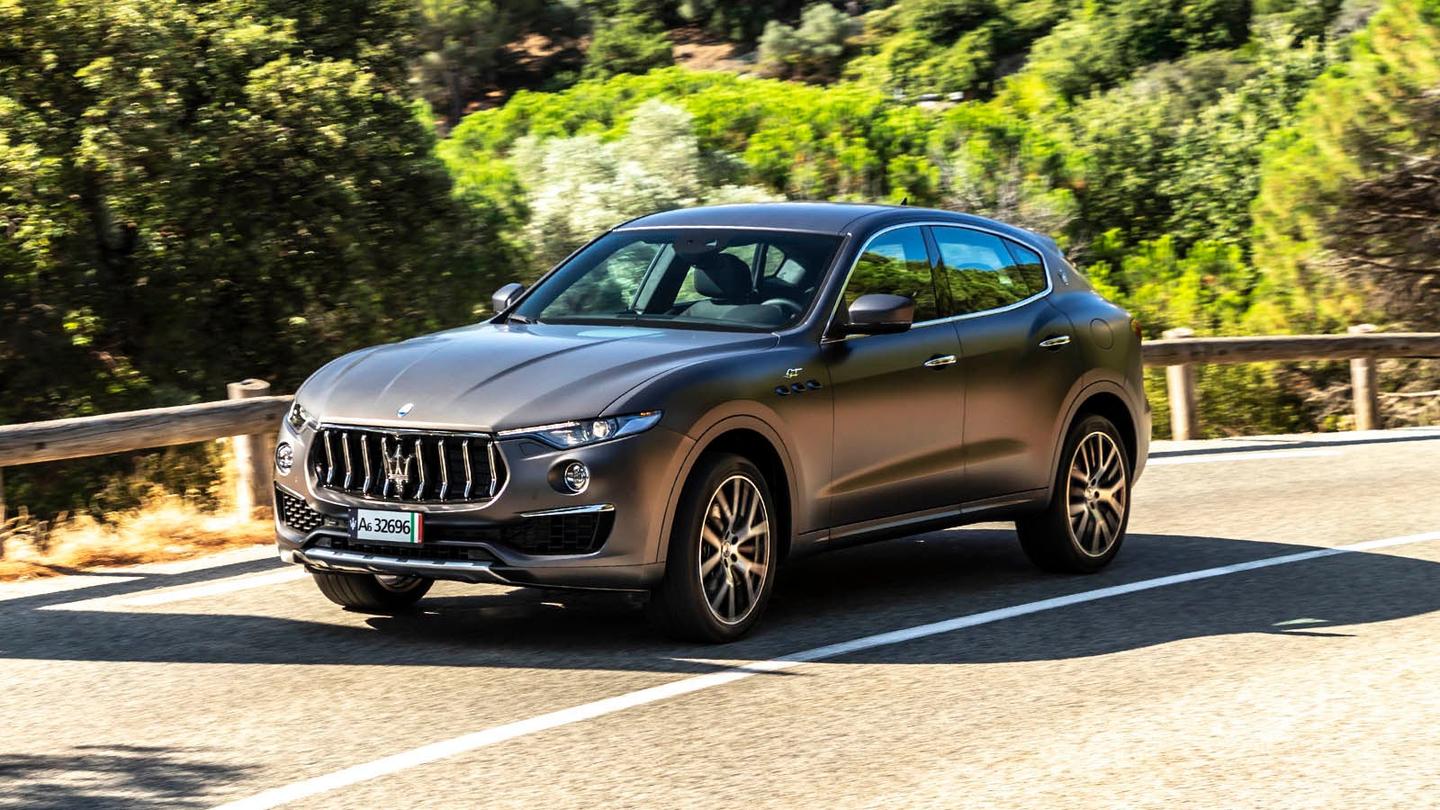
You might think a hybrid Maserati is a bit like vegan caviar – all the look of a posh product, but with some token sustainability thrown in.
To an extent, you're right. The 'hybrid' lurking under the Levante GT Hybrid's bonnet is actually just a 48V mild-hybrid booster on top of Stellantis' familiar 2.0-litre turbo petrol engine. Does this low-calorie setup belong in such a high-end car? Keep reading to find out…
- Respectable straight-line performance
- Imposing front-end styling
- Cheaper than rivals on the used market
- Feels dated next to German rivals
- Poor practicality for its size
- Not fun or exciting to drive
Should I buy a Maserati Levante GT Hybrid?
We're reviewing this Levante GT Hybrid in 2025. That's roughly three years after this particular example was first registered and nearly nine years since the Levante was first launched. As a result, we can forgive some of its more obviously dated features, such as the dinky touchscreen nestled deep in the dashboard or the rather naff-looking carbon-fibre-effect finish on the centre console.
"[It] comes up short of its German rivals by most objective measures, but that also extends to the price…often costing around £10,000 or less than comparable BMW, Mercedes or Audi models"
Nevertheless, all the Levante's main rivals now feel at least two generations ahead – even when this version was sold new. The BMW X6 has more imposing styling, the Mercedes GLE Coupe feels posher inside and the Audi Q8 is more high-tech. But Maserati is a brand that's never bothered about appealing to your head, when all it has to do is build a drop-dead gorgeous car that plucks at your heartstrings.
So, has it succeeded? To our eyes, it's a solid 'maybe'. The front end is probably the car's best feature, with the distinctive deep-set Maserati grille featuring chromed vertical slats and the prominent trident badge in pride of place. Its slim, piercing headlights also help the Levante look suitably angry like the rest of its rivals. The impression weakens as you move down the car's sides and rear end, however, with a somewhat generic SUV side profile, and brake lights that look like they could've come from a 10-year-old Ford Mondeo.
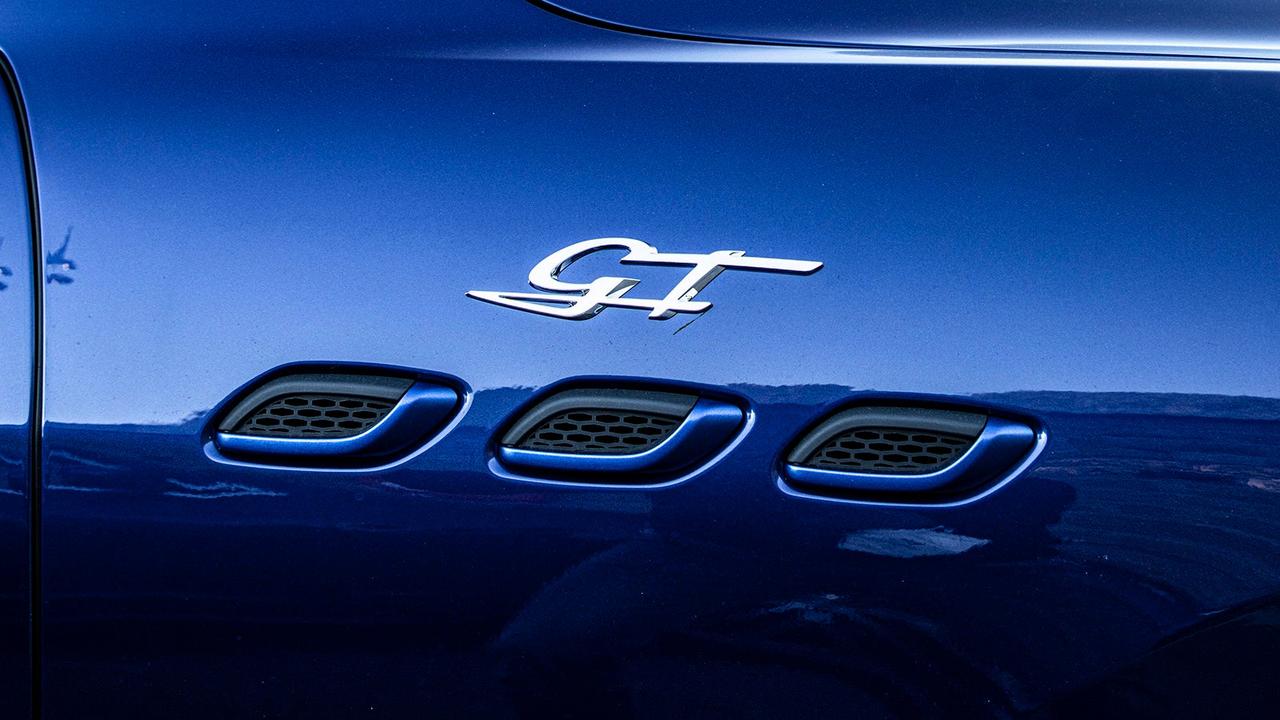
These middling scores can still be ignored if the Levante offers a scintillating driving experience worthy of this historic marque. Sadly, the big Maserati misses the mark here too. Probably the worst issue is the 2.0-litre mild-hybrid turbo petrol engine. It's reasonably quick in a straight line but the engine sound and refinement are substandard compared to all its main rivals. No doubt, the Levante's more powerful V6 or V8 options would totally transform the experience but this entry-level four-cylinder just doesn't suit the car.
There's less to criticise about the Levante's handling, although it's still not good enough to help it stand out in the segment. Our car's air suspension could be adjusted from soft to firm to match the car's drive modes – as well as via a separate button if you want the Sport driving mode with a softer ride, just like you can in a Ferrari. Despite this clever tech, the Levante feels a bit wayward in anything other than its firmest setting, and isn't particularly fun should you decide to grab it by the scruff of the neck.
Those looking for a redeeming feature needn't fret, however. Sure, the Levante comes up short of its German rivals by most objective measures, but that also extends to the price. You can't buy a Levante new anymore – it bowed out in 2024 – but, even on the used market, it's often priced around £10,000 or less than comparable BMW, Mercedes or Audi models. That means you're getting a plush, upmarket SUV with a premium badge at a substantial discount compared to its key rivals.
Interior and technology
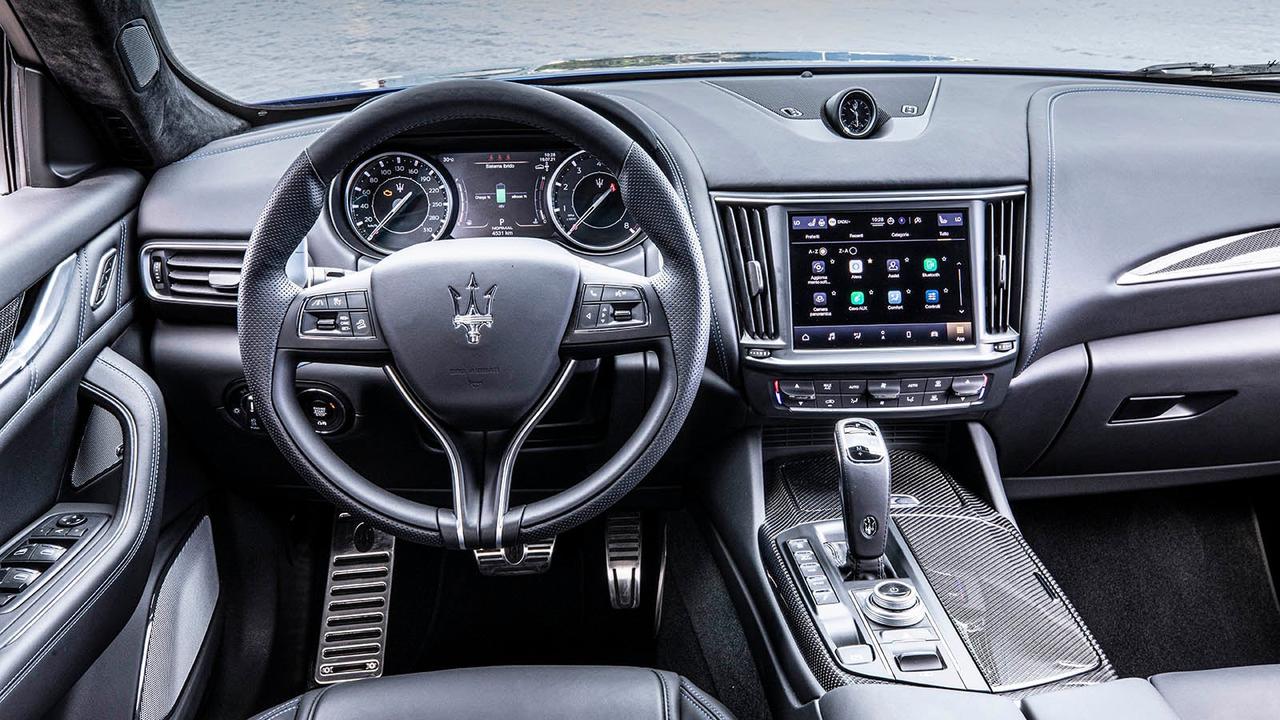
As mentioned, the Levante was revealed in 2016, which goes some way to explaining the old-school dashboard setup. However, even compared to its contemporaries, the Levante was far from cutting edge. The most obvious giveaway is the infotainment screen. It's small and mounted low in the dashboard, rather than the dash-top positioning that almost all rivals have since adopted. Another clue is the tiny, low-resolution information screen nestled between the otherwise handsome analogue driver's dials.
Beyond the technology, the fit and finish is good, not great. The soft-touch materials feel fairly plush and the leather is reasonably soft, but neither are as fancy as you'd expect in something that's supposed to feel like an exotic Italian car. Other left-field luxury brands like Hyundai's Genesis do a much better job of feeling worth the money they charge.
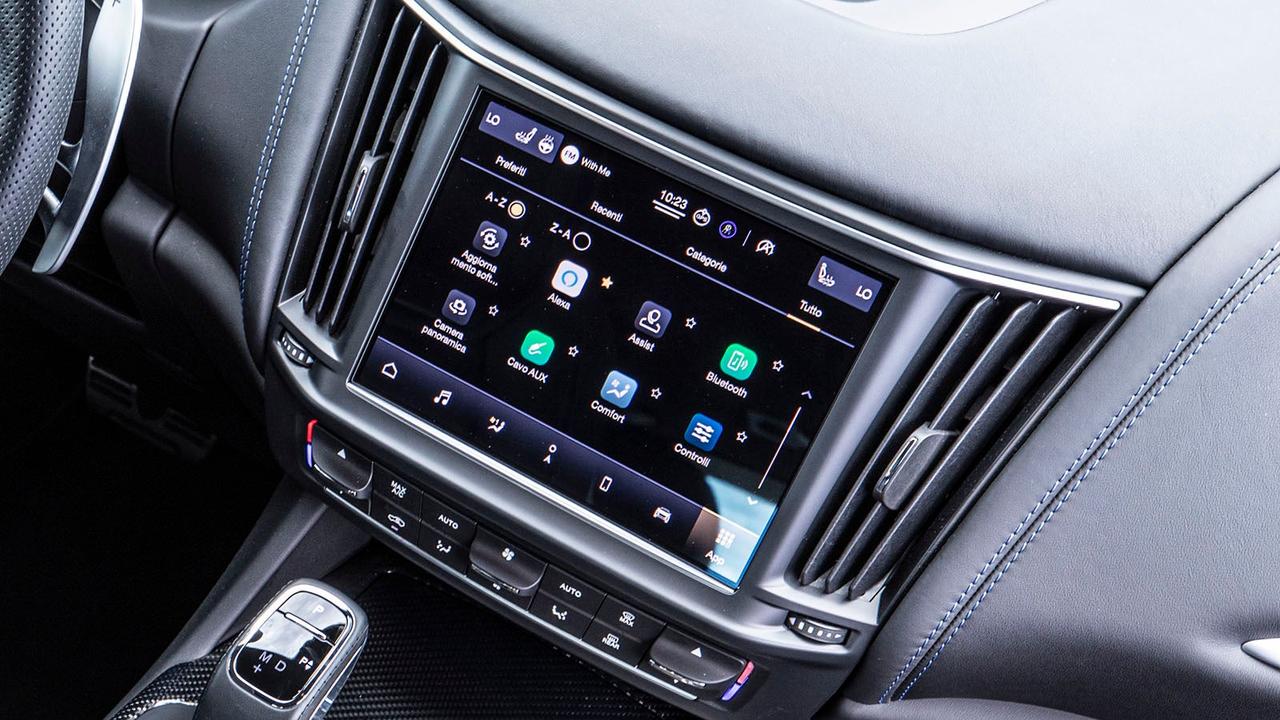
We've roasted the infotainment system for its size and position – and rightly so – but it's not all bad news. You get a row of persistent shortcut buttons across the screen, making it easy to jump between the screen's functions. Plus, adjustments and changes are relatively simple to make, without lots of nested submenus that make it hard to remember where you started.
Plus, most of the important controls are still operated by physical switchgear. That means you can adjust stereo volume, cabin temperature, fan speed or your drive modes without having to fiddle about with the touchscreen. So, while it's certainly not the most modern of cabins, it's still fairly easy to figure out how everything works from just a quick glance.
Practicality
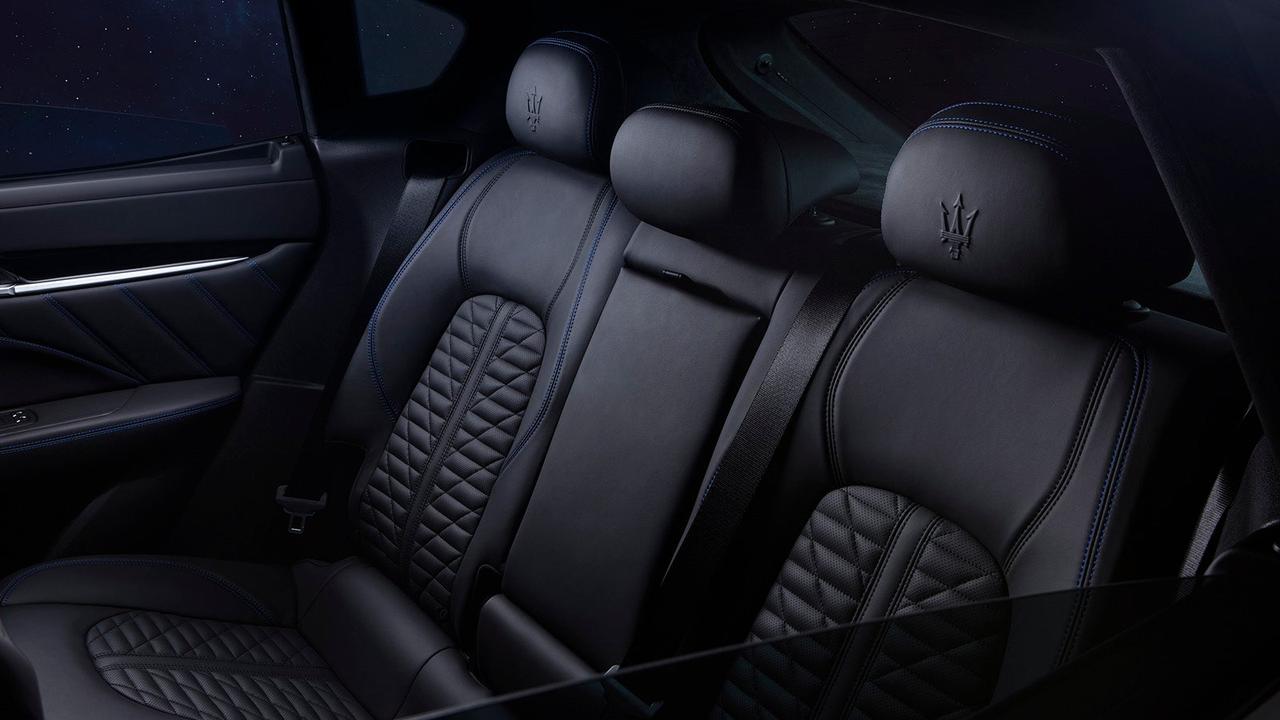
The Levante measures in at just over five metres long. That's actually longer than the Mercedes GLE and BMW X5, as well as the more sporty GLE Coupe and X6. Considering the substantial amount of space the Levante takes up, passenger space is pretty disappointing.
You'll be able to get adults in both rows without complaint but, if you've a particularly tall front passenger, anyone sat behind them might find their knees brushing the front seat backs. That's very poor for this class, with none of the Levante's key rivals being as compromised, and that's before you consider that some of those cars actually offer an optional third row as well.

Some of the blame for the Levante's lacking practicality can be levelled at its bodywork. The cabin is pushed far back to give it a sportier, long-bonnet look, but this simply eats into available rear-seat space. So too does the sloping roofline, which dips down past the front seats and means that even average-sized adults in the rear seats are at risk of scuffing the ceiling.
The boot is 580 litres, which sounds pretty good in isolation but, inevitably, trails all the Levante's key rivals by dozens, sometimes hundreds of litres. Assuming you don't often carry very bulky cargo, you're unlikely to find you run out of space, with the Maserati more than a match for a family holiday or a quick trip to the tip, but it's not going to win any class awards here.
Engines and performance
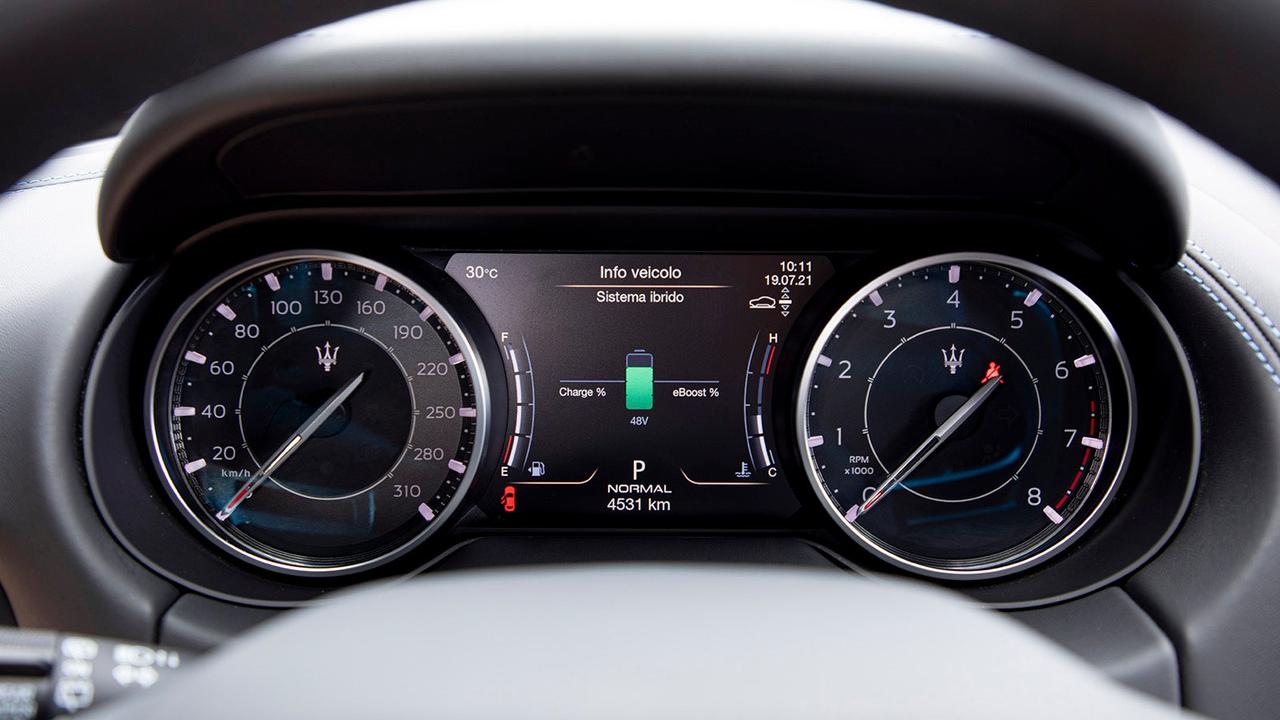
A thrilling engine has always been a traditional selling point for Maserati. Many of its historic models have sprinkled a little Ferrari magic under the bonnet, quickly helping you forget about the car's shortcomings. However, the Levante GT Hybrid is supposed to be a more sensible, sustainable option – still with the performance you'd expect from a Maserati but with 18% better fuel economy than the V6 it replaces.
This 2.0-litre turbo petrol unit is shared across several Stellantis brands including Jeep and Alfa Romeo. In the Levante, it's aided by a 48V mild-hybrid system, plus an 'eBooster' electric turbo for faster engine responses. But that 18% economy improvement is less a reflection of the hybrid's efficiency and more an indictment of the old V6's thirst. Despite all the fancy tech Maserati's thrown at the engine, official economy figures are in the high-20s, with mid-20s more realistic on actual roads.
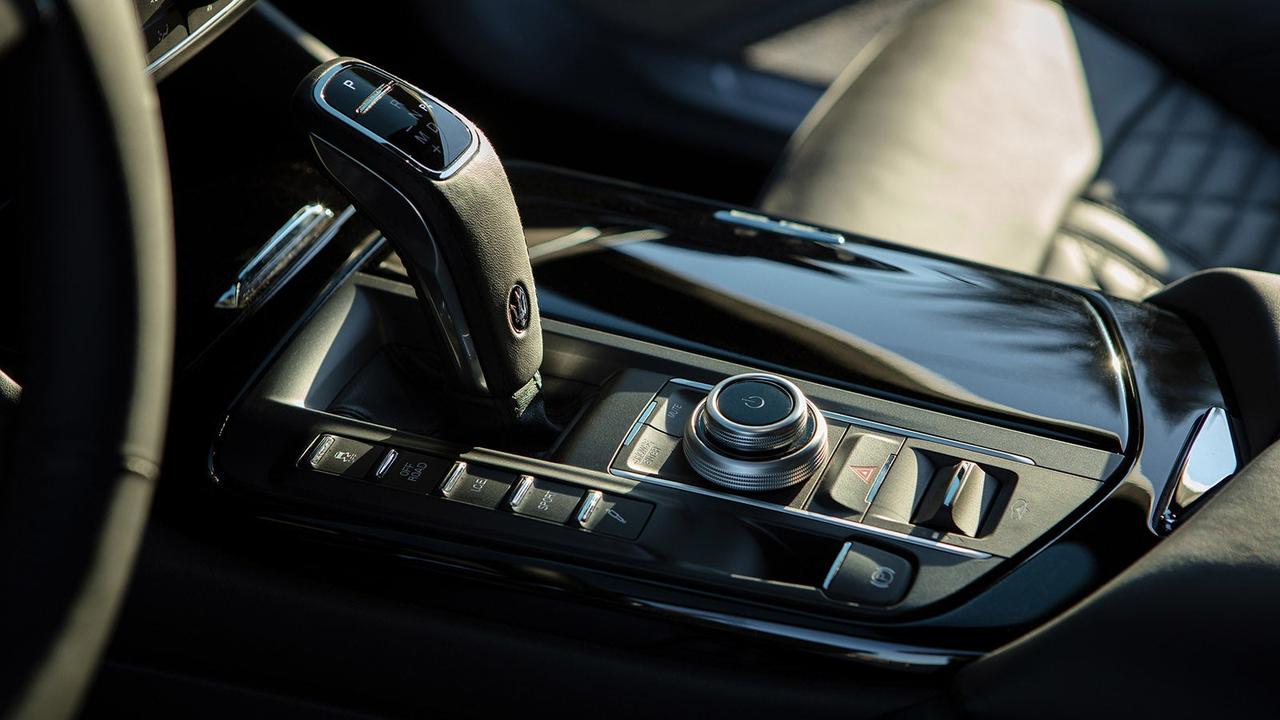
Clearly, the engine's just paying lip service to fuel efficiency. On the plus side, it genuinely does feel as powerful as its 330hp output suggests, and we have no trouble believing its six-second 0-62mph time. Annoyingly, you really need to slam the throttle right to the floor to convince the engine to deliver 100% of its power, with the pedal tuning feeling lazy otherwise. This is frustrating as you prod the pedal further, waiting for the engine to build up a head of steam, only to inadvertently trigger a downshift from the auto gearbox and an accompanying roar from the engine when you only wanted a few extra horses for a quick overtake.
You can swap into Sport mode, which makes the whole powertrain much more alert. The issue here is it artificially holds the gears low and the revs high, which works on a racetrack but doesn't suit sporty road driving. You can improve things by shifting gears manually with the steering-wheel paddles, but the eight-speed auto simply can't match the whip-crack shifts you'd get from a dual-clutch auto or a true manual.
We're not sold on the engine noise either. Maseratis with V6 or V8 engines are known for their scintillating tones under full throttle, but this four-cylinder unit just doesn't sound the part. It's pleasantly burbly on idle when stood outside the car, and acceptably damped inside during everyday driving. However, lean on the throttle and you sense an almost diesel-like clatter – likely thanks to its direct injection system – which gives way to a somewhat gruff sound as you push the engine harder.
Driving and comfort
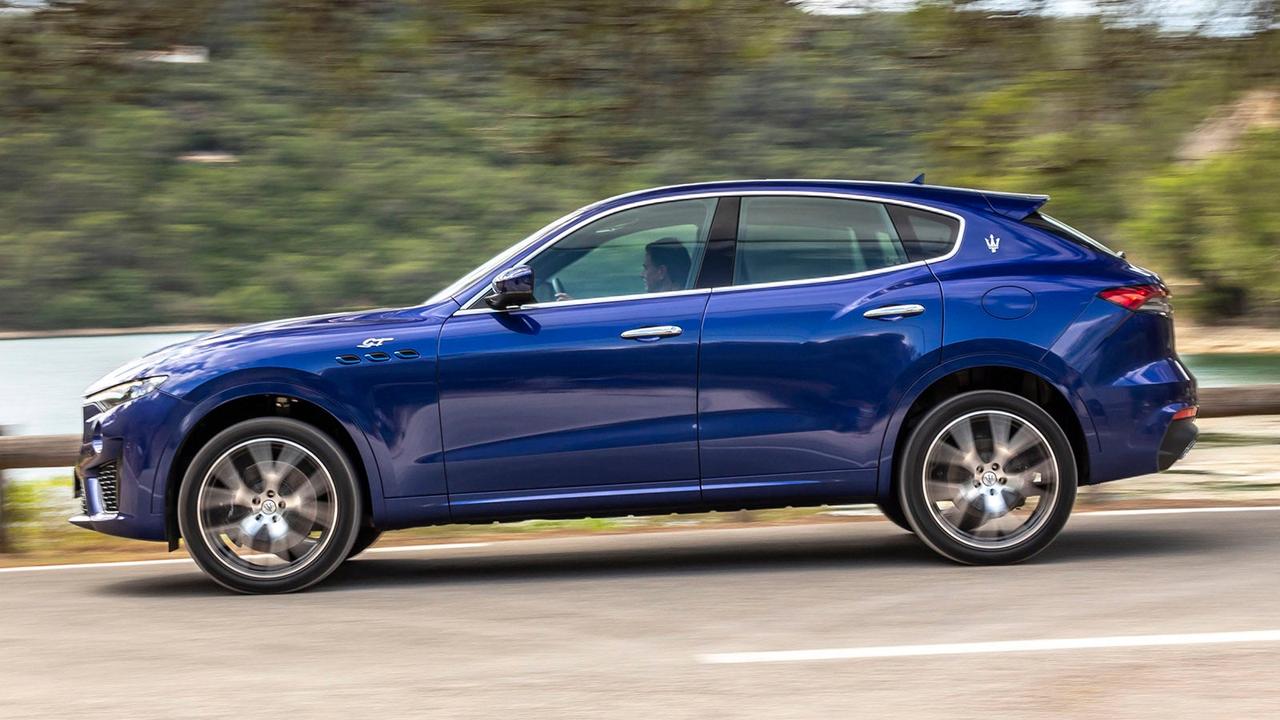
Your drive mode selection has a big influence on the way the Levante feels behind the wheel. This is mainly thanks to its standard-fit adaptive air suspension, which can be made firmer or softer depending on the driving situation, or raised and lowered independently by the driver. A neat feature the Levante shares with certain Ferrari and Alfa Romeo models is its separate suspension button, which lets you select Sport driving mode while keeping the comfort suspension setup – for example, if driving spiritedly on a craggy, undulating road.
With everything set to comfort, the Levante rides fairly gracefully. Big impacts such as potholes and speedbumps are mostly tuned out before they make it to the cabin, and you sense only a little high-frequency patter over scruffy surfaces from the large alloy wheels. Don't go exploring the car's handling limits in this mode, however, because the soft setup means lots of body roll, which can result in fairly violent rocking if you go pelting through fast direction changes.
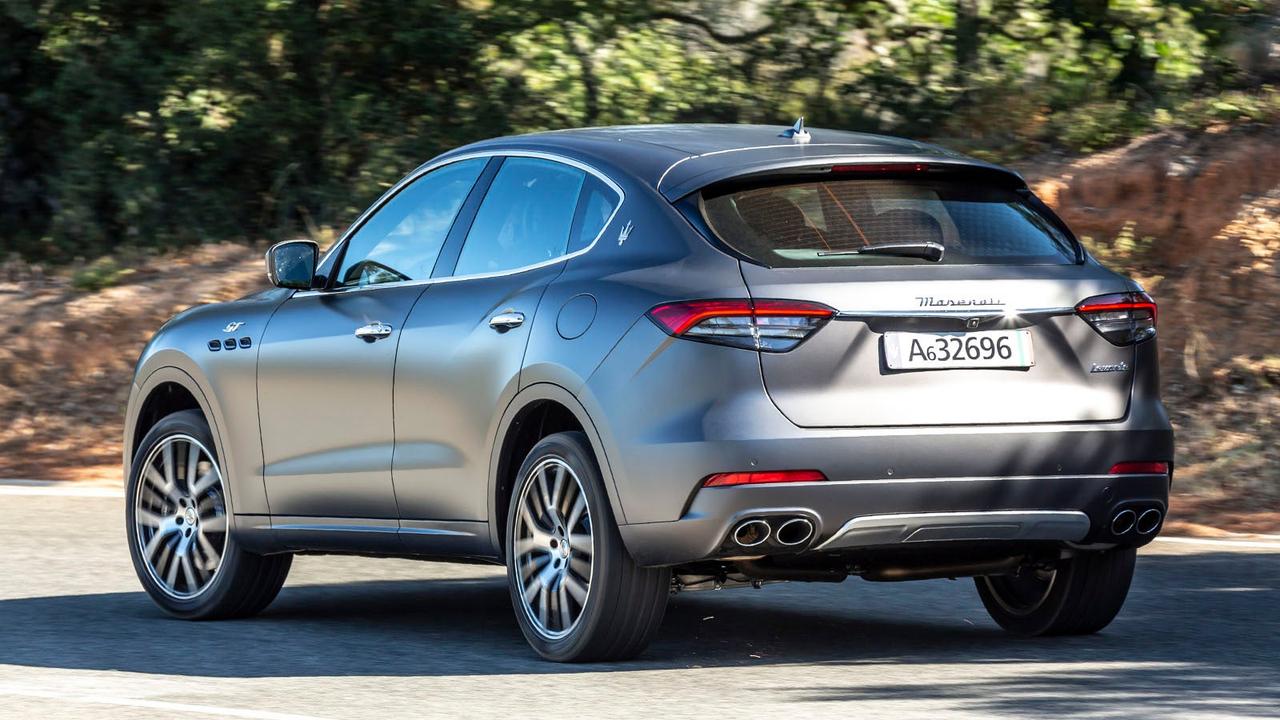
Flip the Levante over to Sport and the waywardness is mostly eliminated, with the car feeling much more composed at speed. There is, of course, a trade-off here with much more of the road surface being transmitted into the base of your seat. That said, the Levante's firmest setting is no more punishing than the standard setups found in sporty BMW or Porsche SUVs, so you might decide to default to the Levante's sportier setup for normal driving.
Ultimately, you end up feeling that the Levante GT Hybrid lacks a USP. At this end of the market, it doesn't feel special compared to its German rivals, and trails them by many objective measures. We suspect that the more dramatic engine choices would transform the Levante, giving it much more straight-line thrill and the soundtrack to match.











































